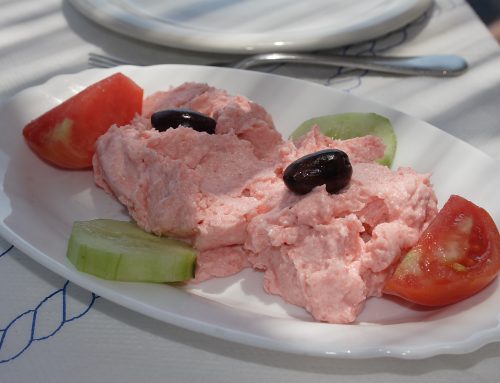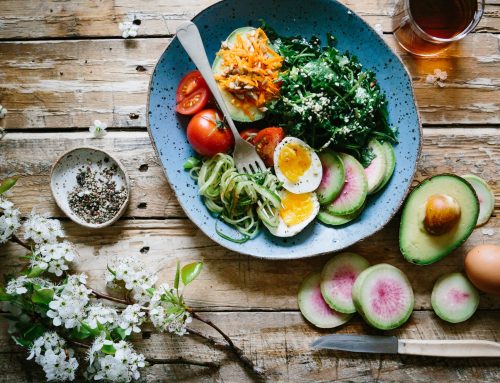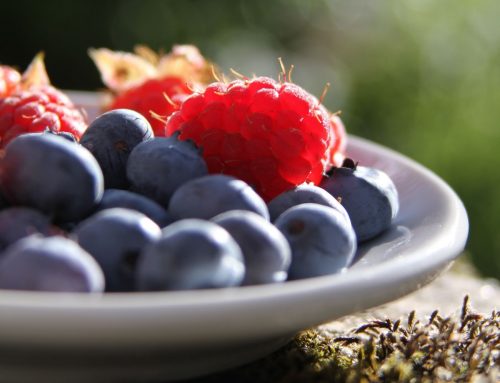Salt is essential for life, however, Australians are consuming far too much. The terms salt and sodium are often used interchangeably but they refer to different things. Salt is made up of sodium and chloride and it’s the sodium in salt that can be bad for your health.
Salt and high blood pressure
Eating too much sodium over time can increase your risk of high blood pressure, which is a major risk factor for heart disease. For a healthy heart, it’s important not to eat too much salt.
To reduce blood pressure and lower the risk of heart disease, the Heart Foundation recommends adults eat less than 5g of salt (2000mg of sodium) a day. That’s less than a teaspoon a day. Talk with your doctor or health practitioner about what’s right for you.
High dietary intakes of salt can lead to high blood pressure. Reducing salt in your diet can reduce your blood pressure, however, the extent to which it does depends on age, physical activity levels, weight and stress.
Salt and your health
High salt intake impacts the body and your health in many ways and is linked to conditions other than high blood pressure such as:
- heart failure/heart attack
- kidney problems and kidney stones
- oedema (fluid retention)
- stroke
- left ventricular hypertrophy (thickening of heart muscle)
- osteoporosis.
Salt in food
Salt is found in almost every food we eat, but the levels within each will vary. As mentioned above, it’s the sodium contained in salt that can be bad for your health. Why? Eating too much sodium is a major cause of heart health issues; consuming too much increases the risk of developing high blood pressure, a leading cause of heart disease and death.
Which foods contain sodium? Vegetables and fruits contain very low amounts of naturally occurring sodium. Manufactured foods can contain high amounts of sodium when manufacturers use salt as a flavour enhancer or preservative.
Foods that significantly contribute to high levels of sodium in your diet include:
- Biscuits, muffins, cakes, pizza, burgers, pasta and noodle dishes
- Meat, poultry and related products, including processed meats and sausages
- Bread, breakfast foods and other products made from cereals and grains
To reduce sodium in your diet, eat less “discretionary foods”. The term ”discretionary foods” refers to foods and drinks that do not fit into these five food groups:
- Vegetables and legumes / beans
- Fruit
- Milk, yoghurt, cheese and/ or alternatives, mostly reduced fat
- Lean meats and poultry, fish, eggs, tofu, nuts and seeds
- Grain (cereal) foods, mostly wholegrain and/or high cereal fibre varieties
Discretionary foods include:
- Pizzas
- Pastries
- Biscuits
- Processed meats
- Sausages
- Take away foods
Eating discretionary foods increases your sodium intake and means these foods replace healthier options, many of which are naturally low in sodium.
How to reduce your daily sodium intake
Cut out the salt in packaged foods. If you do eat packaged foods try ‘No Salt’, ‘Low Salt’, or ‘Reduced Salt’ varieties. When looking at the Nutrition Information Panel (NIP) try to avoid products with more than 400mg of sodium per 100g. The best options are products with less than 120mg sodium per 100g.
Source: Heart Foundation





